Text
СЪН
Спи ми се...но за винаги!
Дали цветята ще издържат сами...?
Ако ги оставя навън, май слънцето и дъждъ�� ще бъдат по-мили от колкото мойте ръце.
С сигурност, на тях им липсва мама и татко,
баба и дядо...
Ще ги пусна, както и аз ще се оставя да спя.
Все пак, смъртната тишина и затворените очи към тъмната дълбочина нас всички ни чакат.
Като светлината за една заря.

0 notes
Text

A woman and her child/ Rhodopes, Bulgaria, c. 1920s
(via)
36 notes
·
View notes
Text

"Ahinora"(1922) by Ivan Milev
"I am Ahinora, wife of Asparuh, tzaritsa of Bulgaria.
You don't know of me, for you come from a faraway land and time - where I am dead and my spirit has been called upon with damnable spells to speak to you!
Ahinora is my name, that bears the meaning "scent of violas".
Why have you awakened me?“
In reality the name of Asparuh's wife and the story of her life have been lost in history. She has been given several names - Pagane, Bisera, Ahinora, etc. Under the name Ahinora, she appears in Nikolai Raynov's "Visions of Ancient Bulgaria", published in 1918. The name is made up by Raynov himself. In his story, Ahinora is sacrificed in the name of the people.
"In the early morning, when by the will of the gods, tzaritsa Ahinora was sacrificed in the name of the nation, Asparuh dreamed of and worked for, he dropped his shield as was overcomed with grief."
And when the flames swollowed the young tzaritsa, he turned his head away, so he'd not look upon the sight."
317 notes
·
View notes
Text






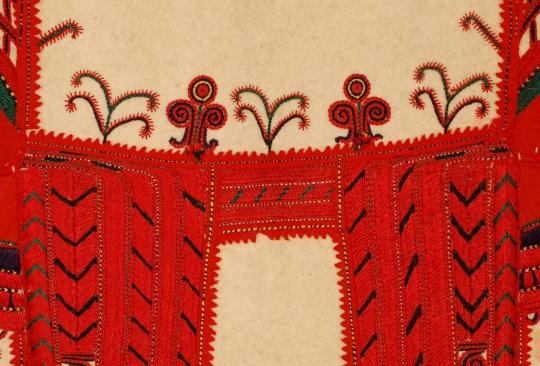

A woman's sleeveless coat, called 'klashnik', part of festive attire from Komarevo, Pleven, Bulgaria
Late XIX century
Exhibit of the British museum
84 notes
·
View notes
Photo
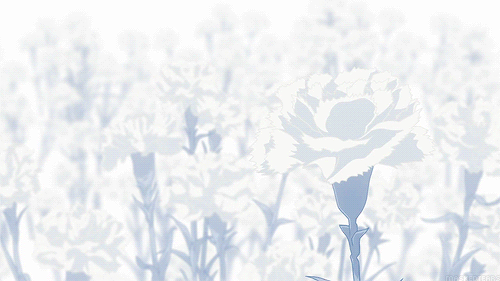

FLOWER SYMBOLISM IN TOKYO GHOUL
From this gif post (taken with permission)
First off, we have

White carnation: innocence, remembrance
This could both represent the Keneki we see at the beginning of the series, and the inner reminiscing of the past by the current Kaneki.
Don’t forget, don’t forget
Remember who I am
The flower was stained in blood, resulting in a

Striped Carnation: refusal (I’m sorry I can’t be with you, but I wish I could)
This could be viewed as his necessary rejection of his past self, regardless of how strongly he has been clinging on to it so far. This reminds me of these two separate lines from the OP
The me that has stood in this shaken, distorted world-
Was pierced by the memory of the time I laughed so innocently
It starts as just a droplet of doubt, but Kaneki has to accept the reality, no matter how unpleasant it is
and finally,

Red Spider Lily/ Higanbana: the flower of death
Higanbana is a very famous flower in Japan so the meaning is clear here. This flower is associated with loss, longing, abandonment and lost memories. It is believed that if one meets a person one will never see again, this flower will grow along one’s path. I find that there are elements of yearning and regret a midst the finality and interpret this as Kaneki being forced to abandon it all- the death to his former self.
I have changed; I can’t return anymore
2K notes
·
View notes
Photo










Details of Macedonian folk dresses. Wonderful!
source
5K notes
·
View notes
Text
Bulgarian traditional clothes, Sofia region.
Български носии, София.
保加利亚传统服装,索非亚地区。
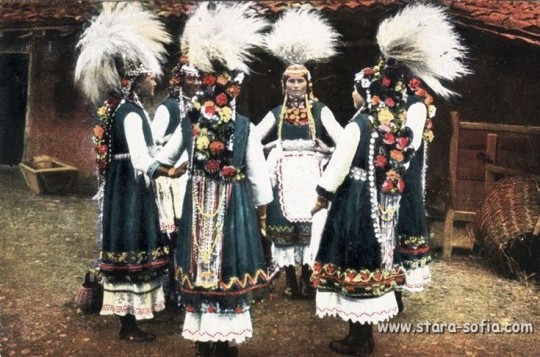
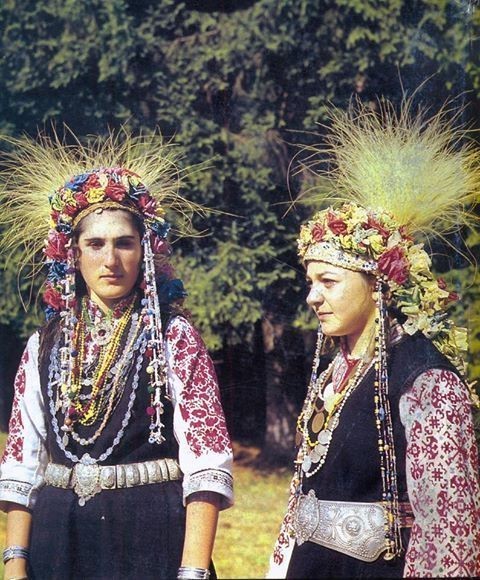
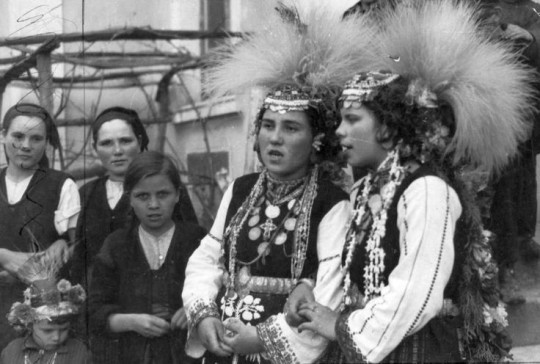

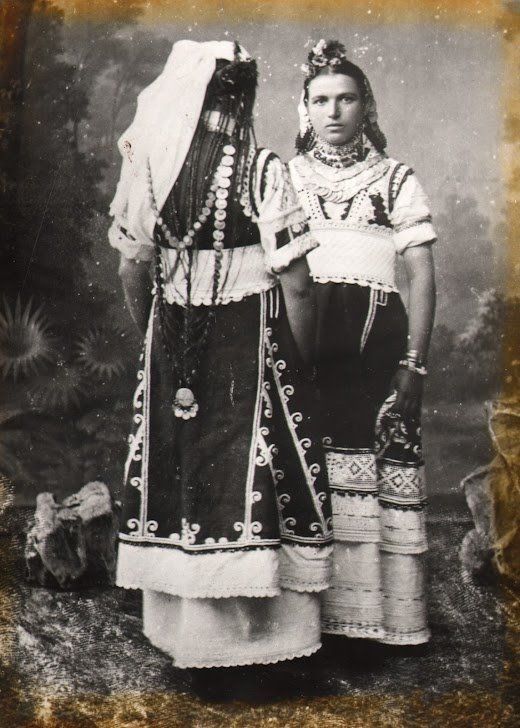
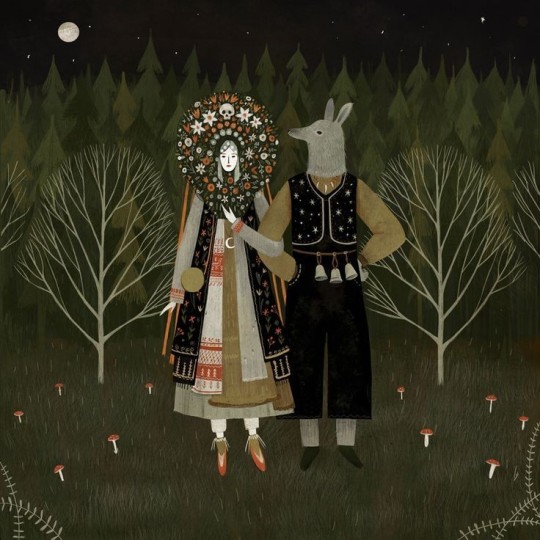
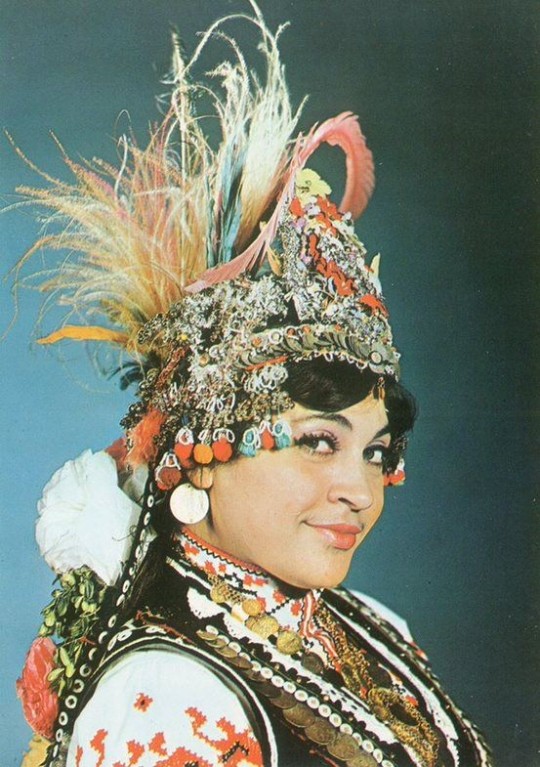
1 note
·
View note
